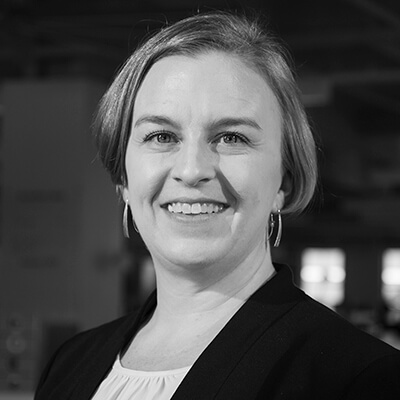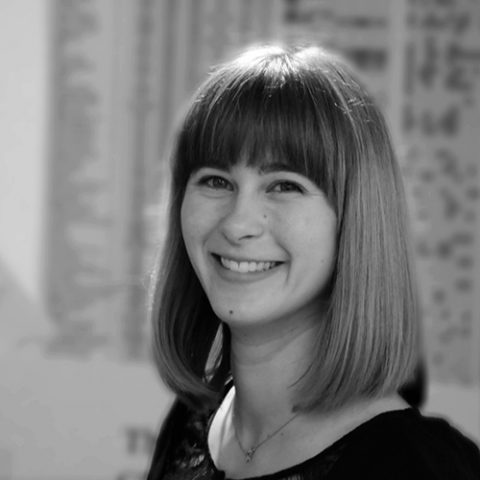In October of 2021, Jennifer Hardy, Melanie Silver and Becca McGee Sturgeon submitted a proposal for the AIA Conference on Architecture 2022 (A’22) to lead a 90-minute practicum with the goal of using hands-on activities to share methods of integrating sustainability into design. The proposal focused on highlighting free web tools PAYETTE has developed to facilitate a more efficient and truly integrated practice of sustainable design – and to empower others to do the same; it was so well received that the organizers of the convention requested we expand our session into a 2.5 hour practicum to facilitate even more attendee interaction and a deeper dive into the topic.
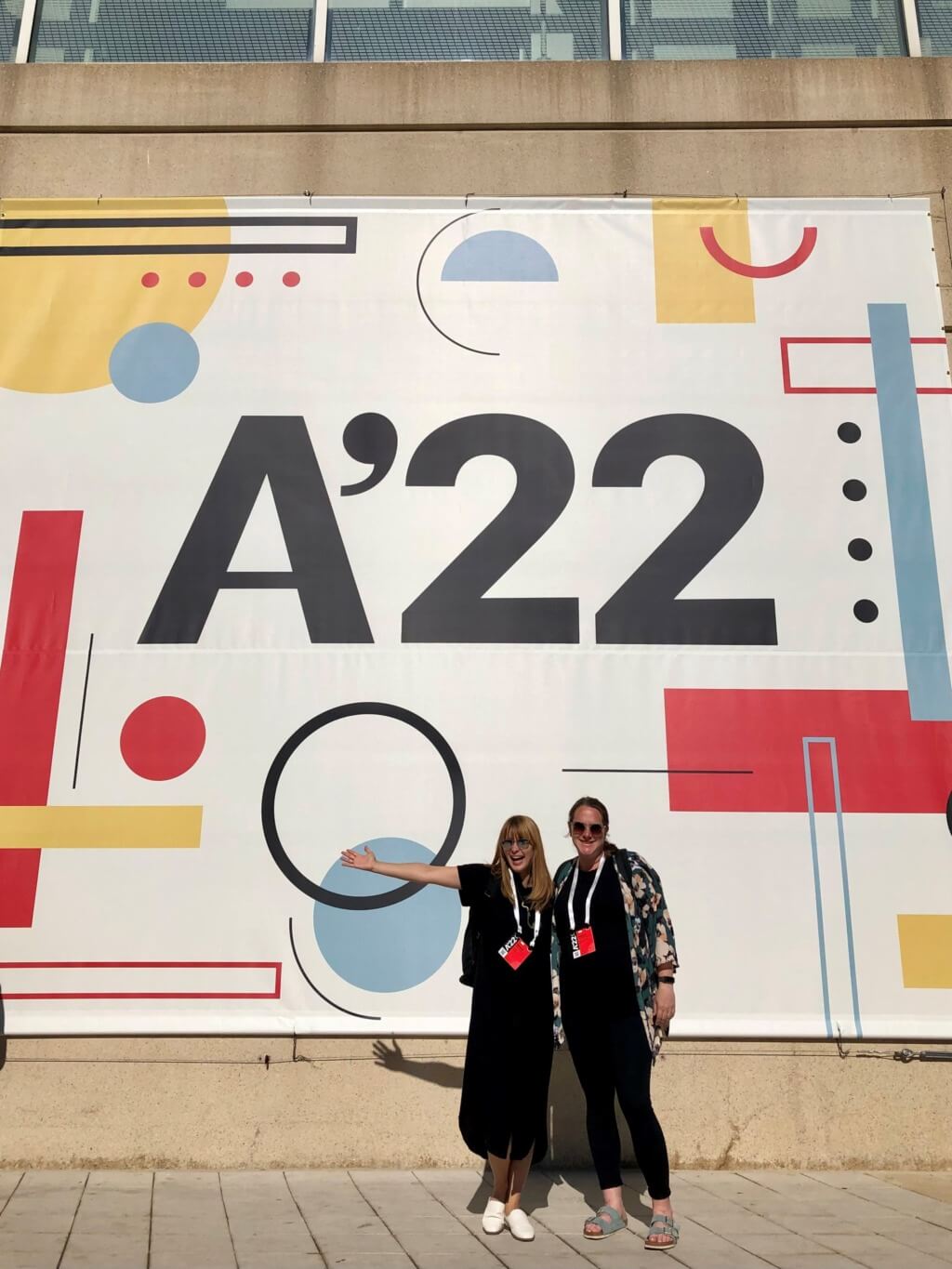
We kicked-off a sold-out session to 280 attendees with a brief introduction of PAYETTE and our philosophy on the synthesis of sustainability and design using a case study of the West 2 engineering building, one of our current projects under construction at Penn State University, to illustrate the success of our integrated design process and discuss the complexities that occur in so many of the decisions we make.
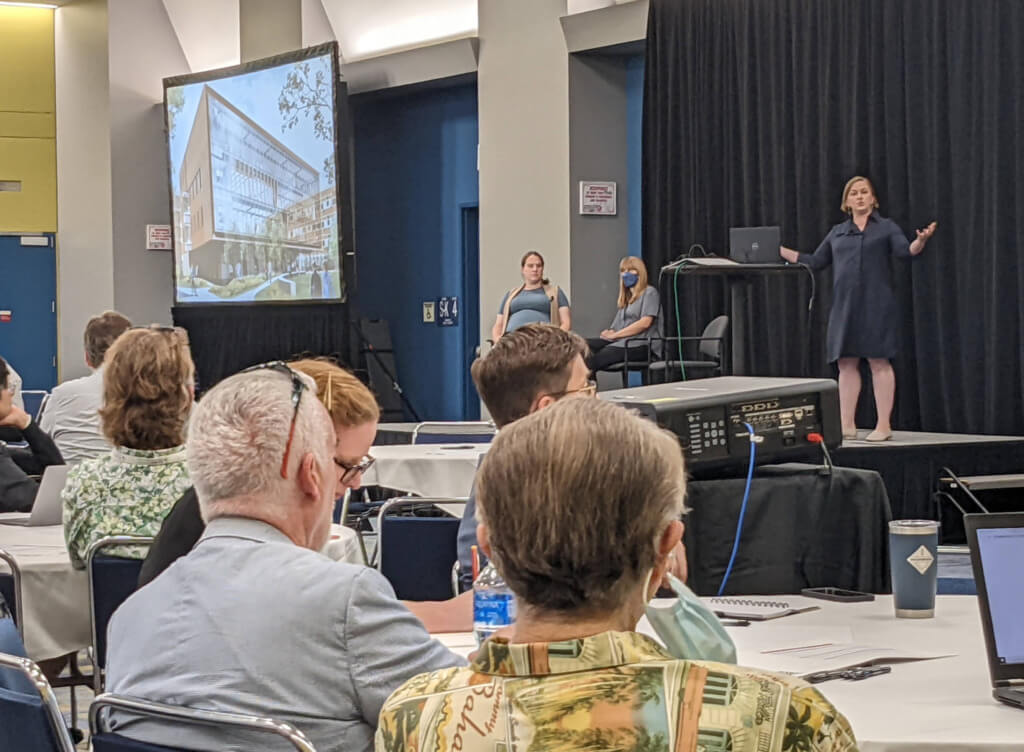
With a focus on the topics of thermal comfort and embodied carbon, the remainder of the session was structured around a design charrette where attendees worked in groups to re-clad an existing building in Chicago. The first part of the activity, “Some Like it Hot Comfortable,” was centered on defining window-to-wall ratio and glazing type while considering thermal comfort to design without needing perimeter heat utilizing the Glazing and Winter Comfort Tool. After an introduction on the fundamentals, we interacted and engaged in discussions with teams during the activity.

The second part, “How Low Can You Go?”, had participants designing the opaque façade material with a goal of selecting a lower embodied carbon option by using Kaleidoscope: Embodied Carbon in Design Tool. To ground it in the realities of the design process we face in practice, teams were given a maximum project budget and a spreadsheet to help calculate cost and total embodied carbon emissions.
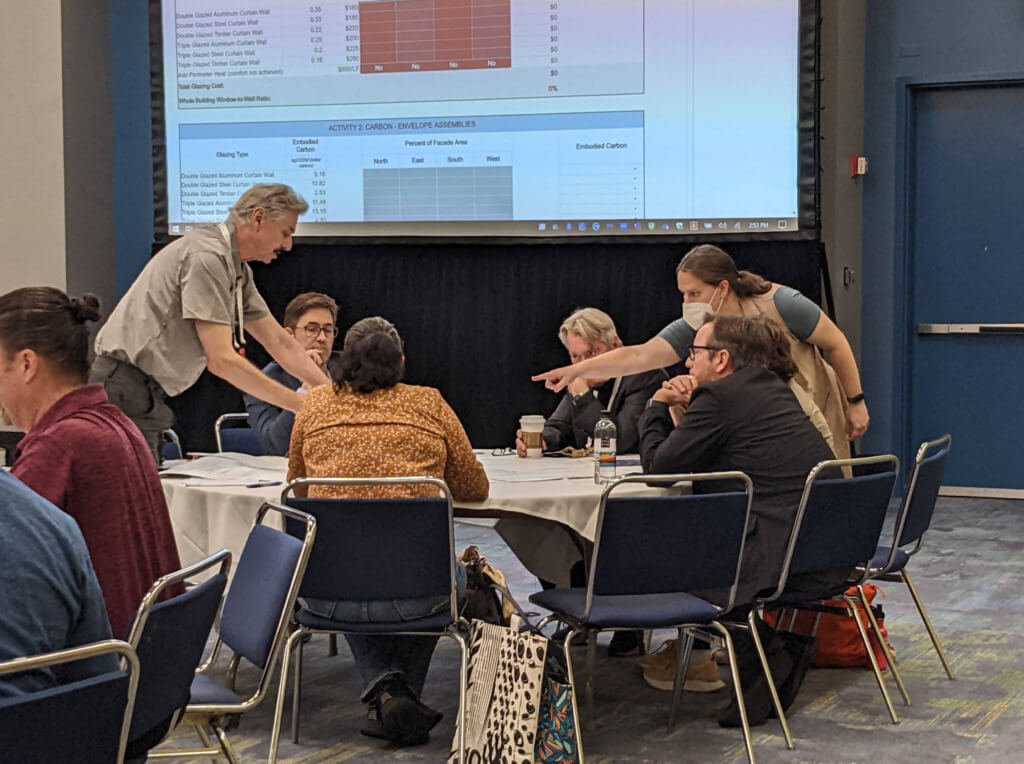
We closed out the session with a discussion on the design solutions proposed by the various groups and the challenges of an integrated design process. Overall, we were thrilled with the quality of conversations happening during the activity, and hope that the interactions equipped attendees with action items they can take back to their practice.



